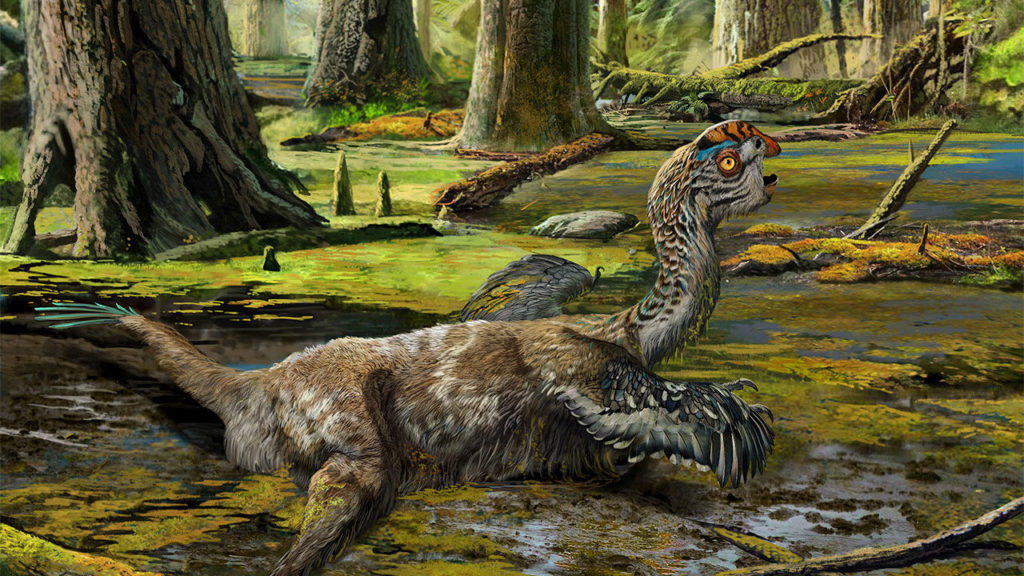@ WFS,World Fossil Society,Riffin T Sajeev,Russel T sajeev
The workmen were building a high school, blasting out the site with dynamite in the southern Chinese city of Ganzhou when they saw it: the newly exposed fossil of a small, child-sized dinosaur. It was well preserved despite the construction, and it struck a curious pose: head elevated, neck arching upward, limbs splayed out to the side. The roughly meter-long fossil, researchers say today in Scientific Reports, represents a new species of oviraptorosaur, a group of feathered, birdlike dinosaurs that rapidly diversified in the few million years before an asteroid impact wiped out the dinosaurs 66 million years ago. Oviraptorosaurs inhabited much of the Northern Hemisphere, but they seem to have flourished in what is now Ganzhou. The new species, dubbed Tongtianlong limosus (or “muddy dragon on the road to heaven”), marks the sixth species of oviraptorosaur found in the Ganzhou area. T. limosus has slightly different skull features from its brethren, but a similarly short, deep, skull and a beak rather than teeth. Cretaceous-era Ganzhou was a hot, humid jungle with towering plants and the occasional mud pit, a richly diverse environment home to everything from duck-billed dinosaurs to long-nosed tyrannosaurs. Still, T. limosus may have met a sad end between 66 million and 72 million years ago: Its reaching neck and outstretched limbs hint at the final struggles of a creature hopelessly mired in mud.
Source: Article By Carolyn Gramling,Science mag.
Key: WFS,World Fossil Society,Riffin T Sajeev,Russel T sajeev



 November 17th, 2016
November 17th, 2016  Riffin
Riffin 
 Posted in
Posted in  Tags:
Tags: 